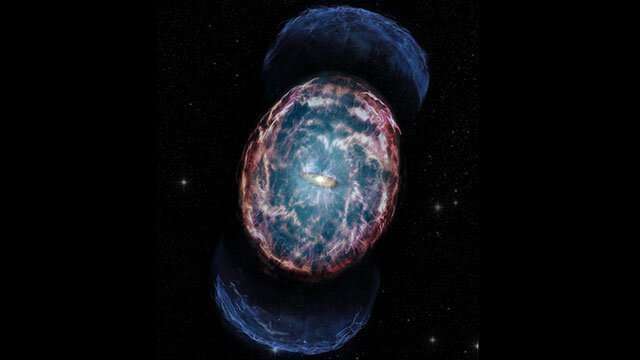Best of Last Week – Kilonova afterglow, mapping "The Witcher," moderate alcohol consumption damages brain

It was a good week for space science as a team of astronomers at Northwestern University may have detected the afterglow from a kilonova, a merger of two neutron stars, setting off a blast 1,000 times brighter than a classical nova. Also, a team with members from several institutions in the U.S. found evidence suggesting that coronal loops may not be what they seem. The ropey strands in the sun's atmosphere could, in fact, be nothing more than optical illusions. And an international team of researchers found evidence showing that a black hole system spotted in 2020 that would have been the closest to the Earth, does not have a black hole and is instead a "vampire" two-star system.
In technology news, a team at Dartmouth College built an artificial intelligence model for detecting mental disorders using text from conversations on Reddit as a dataset. Also, Milán Janosov, a data scientist a Datopolis built a detailed network map of "The Witcher"—the map outlines storylines, patterns and character relationships in the fantasy series. And a team at King Abdullah University of Science and Technology designed and built solar panels that pull in water vapor to grow crops in the desert. Also, a combined team from Microsoft Mixed Reality and AI Lab and ETH Zurich, developed a way to enhance human-robot interactions by merging mixed reality and robotics, which could have applications in immersive teleoperation systems.
In other news, a team with members affiliated with several institutions in the U.K. and one in Austria found a causal link between blood groups and severe COVID-19. And a team at the University of Georgia found evidence suggesting that the Joro spider, which first arrived in the U.S. in 2013, could spread beyond Georgia and possibly colonize the entire East Coast.
And finally, a team at the University of Pennsylvania found an association between light-to-moderate alcohol consumption and reductions in overall brain volume.
© 2022 Science X Network